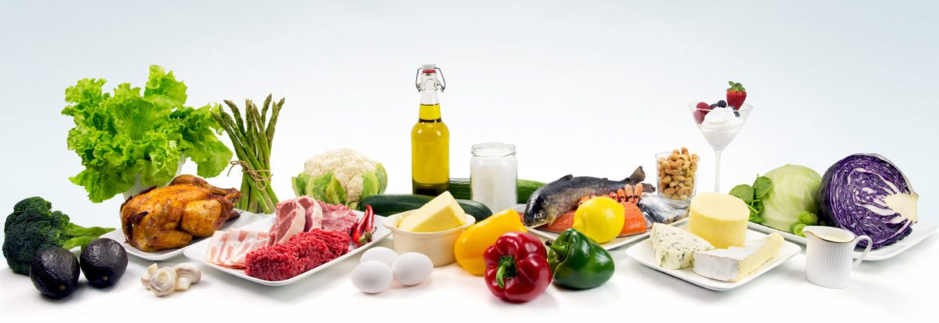The Keto Diet explained.
- By Dr. Andreas Eenfeldt
- Dec 1, 2017
- 2 min read

1. Introduction: What is ketosis?

The “keto” in a ketogenic diet comes from the fact that it makes the body produce small fuel molecules called “ketones”.1 This is an alternative fuel for the body, used when blood sugar (glucose) is in short supply.
Ketones are produced if you eat very few carbs (that are quickly broken down into blood sugar) and only moderate amounts of protein (excess protein can also be converted to blood sugar).
Ketones are produced in the liver, from fat. They are then used as fuel throughout the body, including the brain. The brain is a hungry organ that consumes lots of energy every day,2 and it can’t run on fat directly. It can only run on glucose… or ketones.
On a ketogenic diet your entire body switches its fuel supply to run almost entirely on fat. Insulin levels become very low and fat burning increases dramatically. It becomes easy to access your fat stores to burn them off. This is obviously great if you’re trying to lose weight, but there are also other less obvious benefits, like for example less hunger and a steady supply of energy.
When the body produces ketones it’s said to be in ketosis. The fastest way to get there is by fasting – not eating anything – but obviously it’s not possible to fast forever.
A ketogenic diet, on the other hand, can be eaten indefinitely and also results in ketosis. It has many of the benefits of fasting – including weight loss – without having to fast.
Who should NOT do a ketogenic diet?
A ketogenic diet is safe for most people, but in the following situations you may need extra support from our registered Dietitian:
• Are you on medication for diabetes, e.g. insulin?
• Are you on medication for high blood pressure?
• Are you breastfeeding?
2. What to eat on a ketogenic diet
Here are typical foods to enjoy on a ketogenic diet. The numbers are net carbs per 100 grams. To remain in ketosis, lower is generally better:

The most important thing to reach ketosis is to avoid eating most carbohydrates. You’ll probably need to keep carb intake to under 50 grams per day of net carbs,3 ideally below 20 grams. The fewer carbs the more effective.
Try to avoid
Here’s what you should not eat on a keto diet – foods full of sugar and starch, including starchy foods like bread, pasta, rice and potatoes. As you can see, these foods are much higher in carbs.

The numbers are grams of digestible carbs per 100 grams, unless otherwise noted.
This means you’ll need to completely avoid sweet sugary foods, plus starchy foods like bread, pasta, rice and potatoes. Basically follow the guidelines for a strict low-carb diet, and remember it’s supposed to be high in fat, not high in protein.
A rough guideline is below 10% energy from carbohydrates (the fewer carbs, the more effective), 15-25% protein (the lower end is more effective), and 70% or more from fat.
What to drink

So what do you drink on a keto diet? Water is perfect, and so is coffee or tea. Ideally, use no sweeteners. A modest amount of milk or cream is OK (but beware of caffe latte!). The occasional glass of wine is fine too.
Information obtained from - www.dietdoctor.com




























Comments